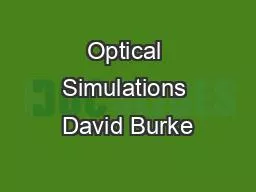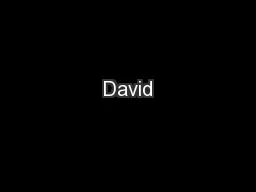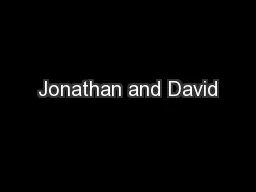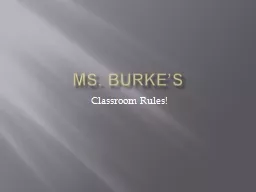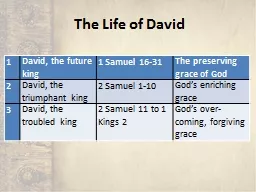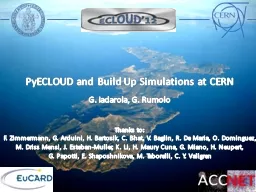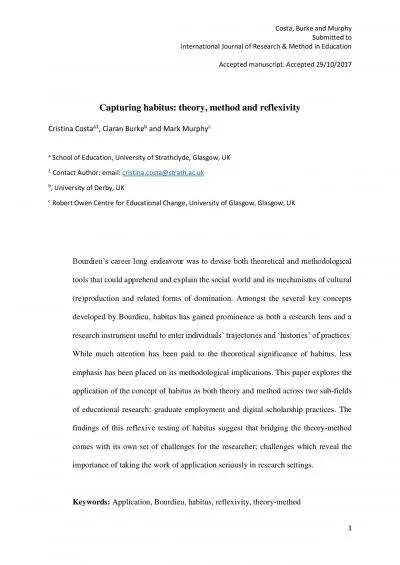PPT-Optical Simulations David Burke
Author : genesantander | Published Date : 2020-10-06
Maynooth University Department of Experimental Physics MODAL MODAL Maynooth Optical Design and Analysis Laboratory Uses Physical Optics and GBM Verified against
Presentation Embed Code
Download Presentation
Download Presentation The PPT/PDF document "Optical Simulations David Burke" is the property of its rightful owner. Permission is granted to download and print the materials on this website for personal, non-commercial use only, and to display it on your personal computer provided you do not modify the materials and that you retain all copyright notices contained in the materials. By downloading content from our website, you accept the terms of this agreement.
Optical Simulations David Burke: Transcript
Download Rules Of Document
"Optical Simulations David Burke"The content belongs to its owner. You may download and print it for personal use, without modification, and keep all copyright notices. By downloading, you agree to these terms.
Related Documents

